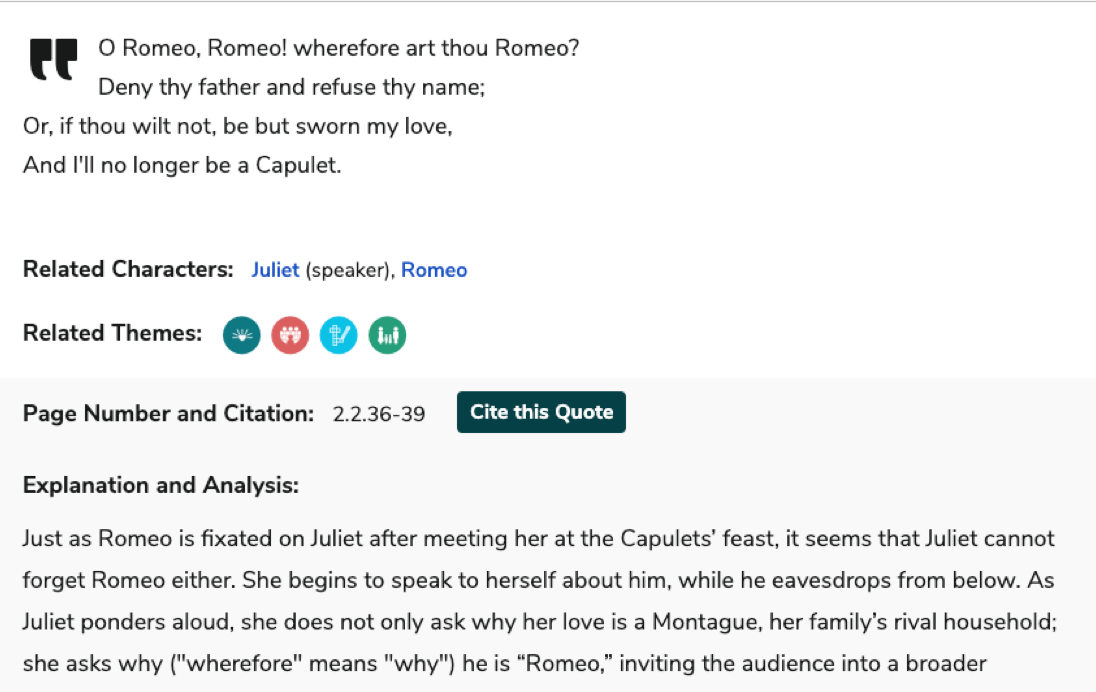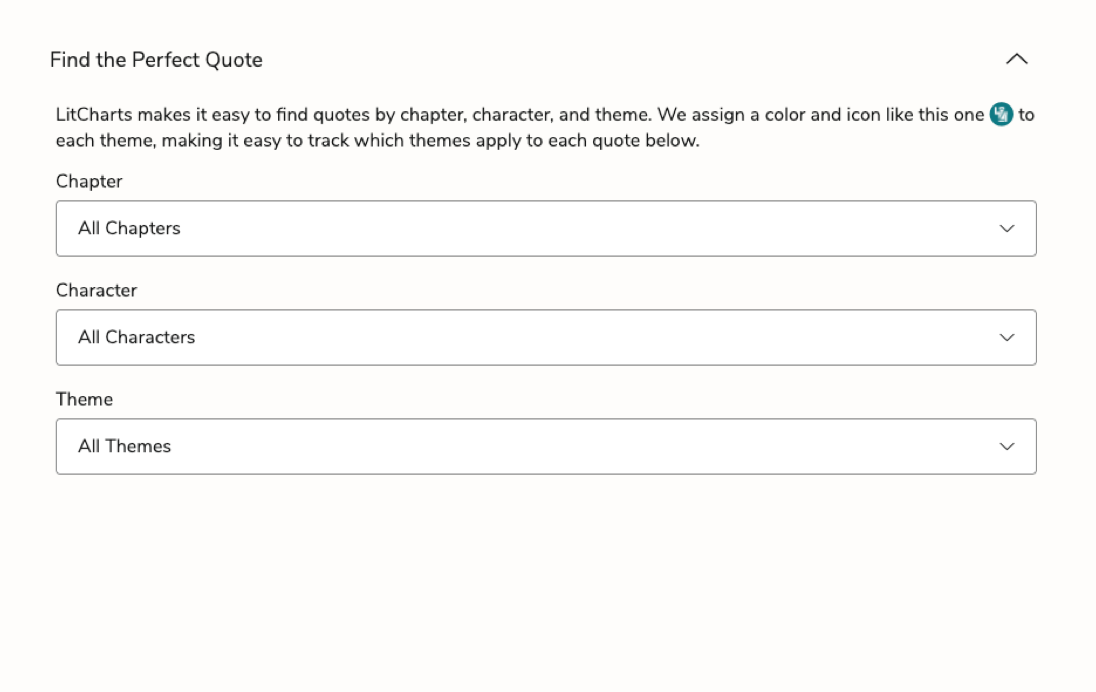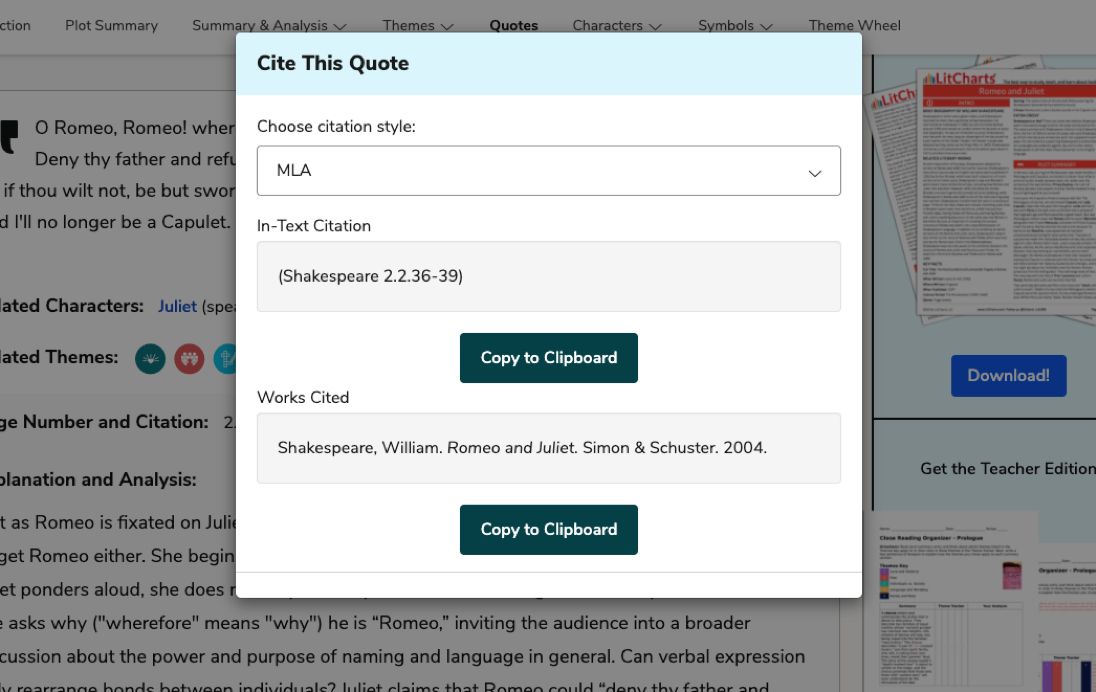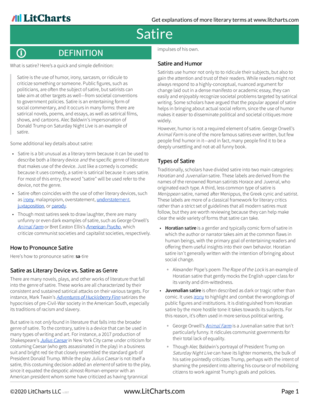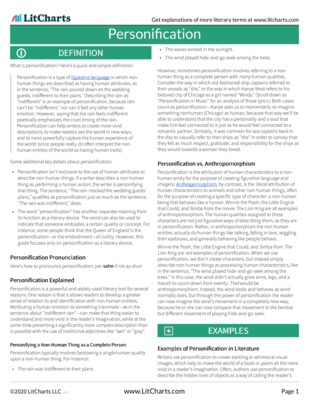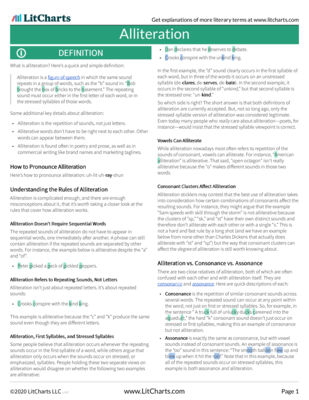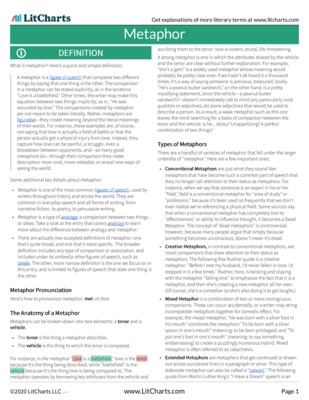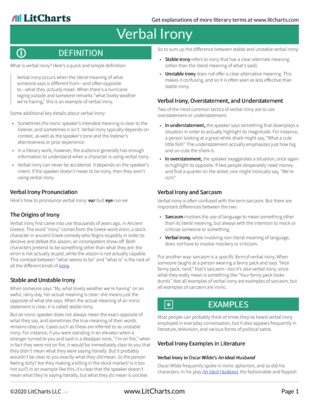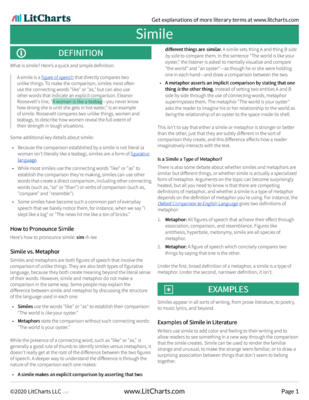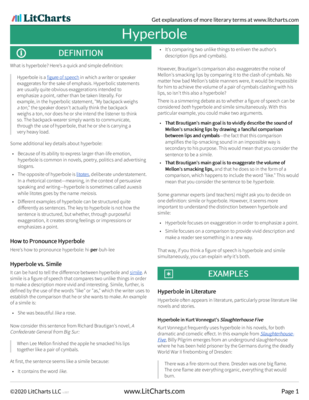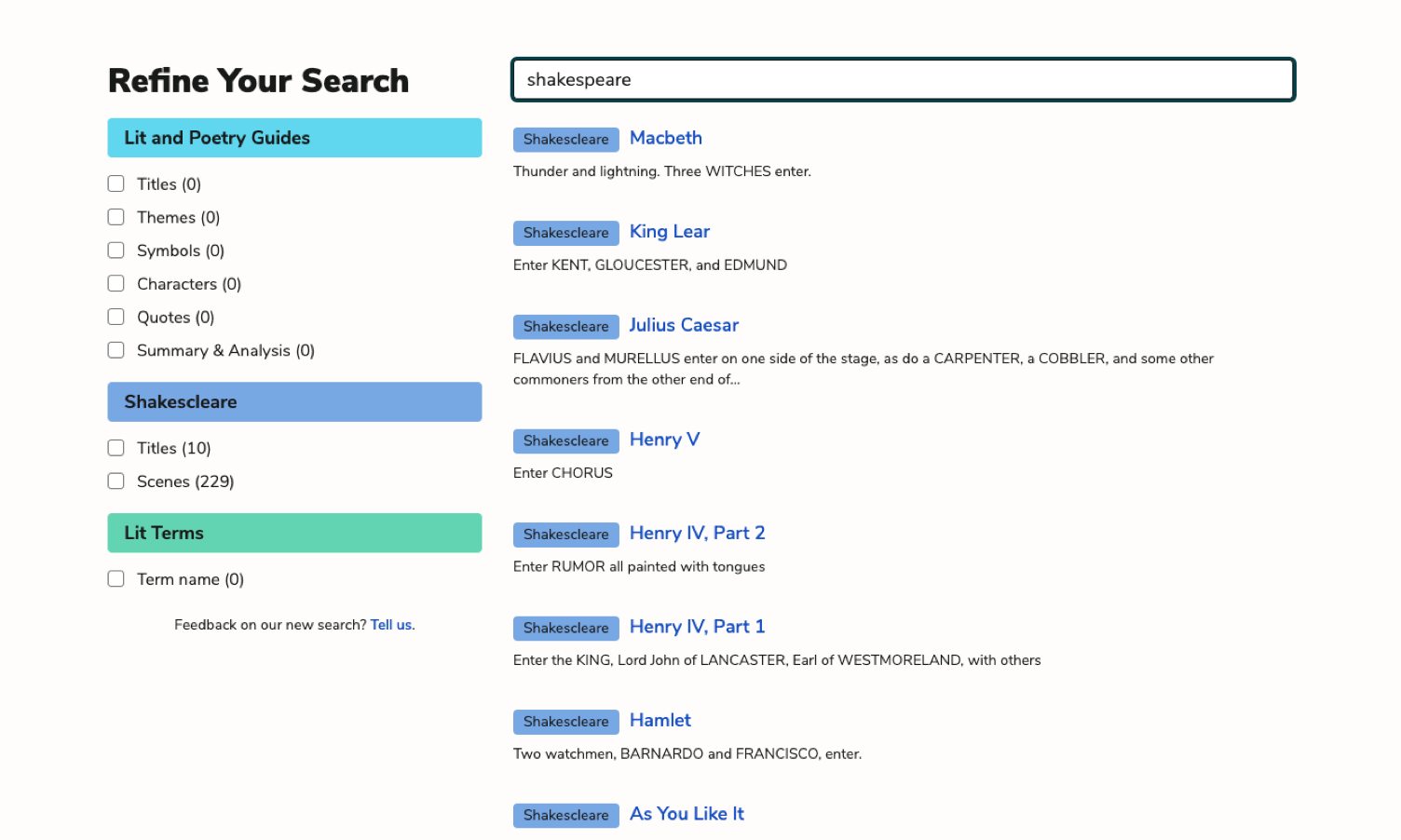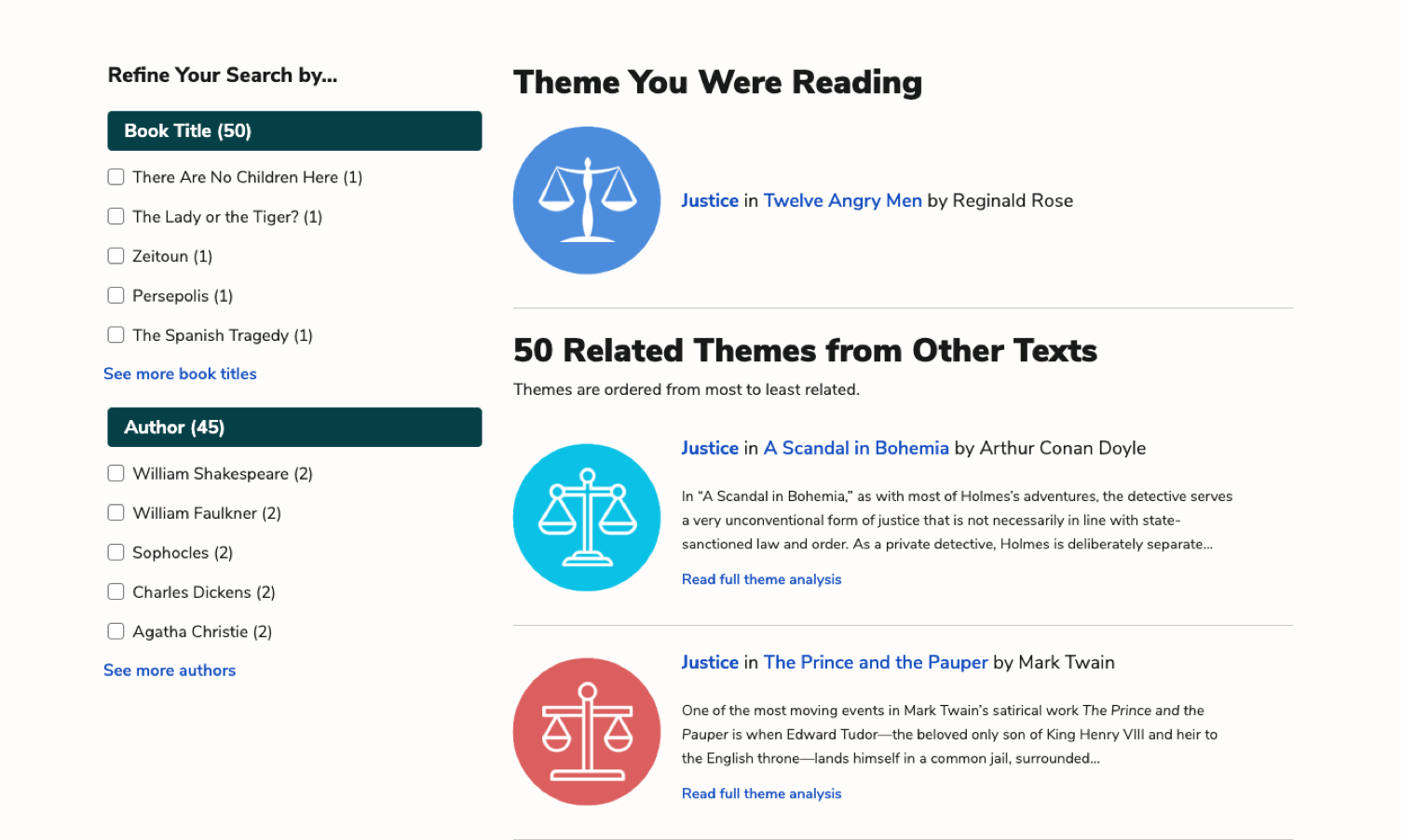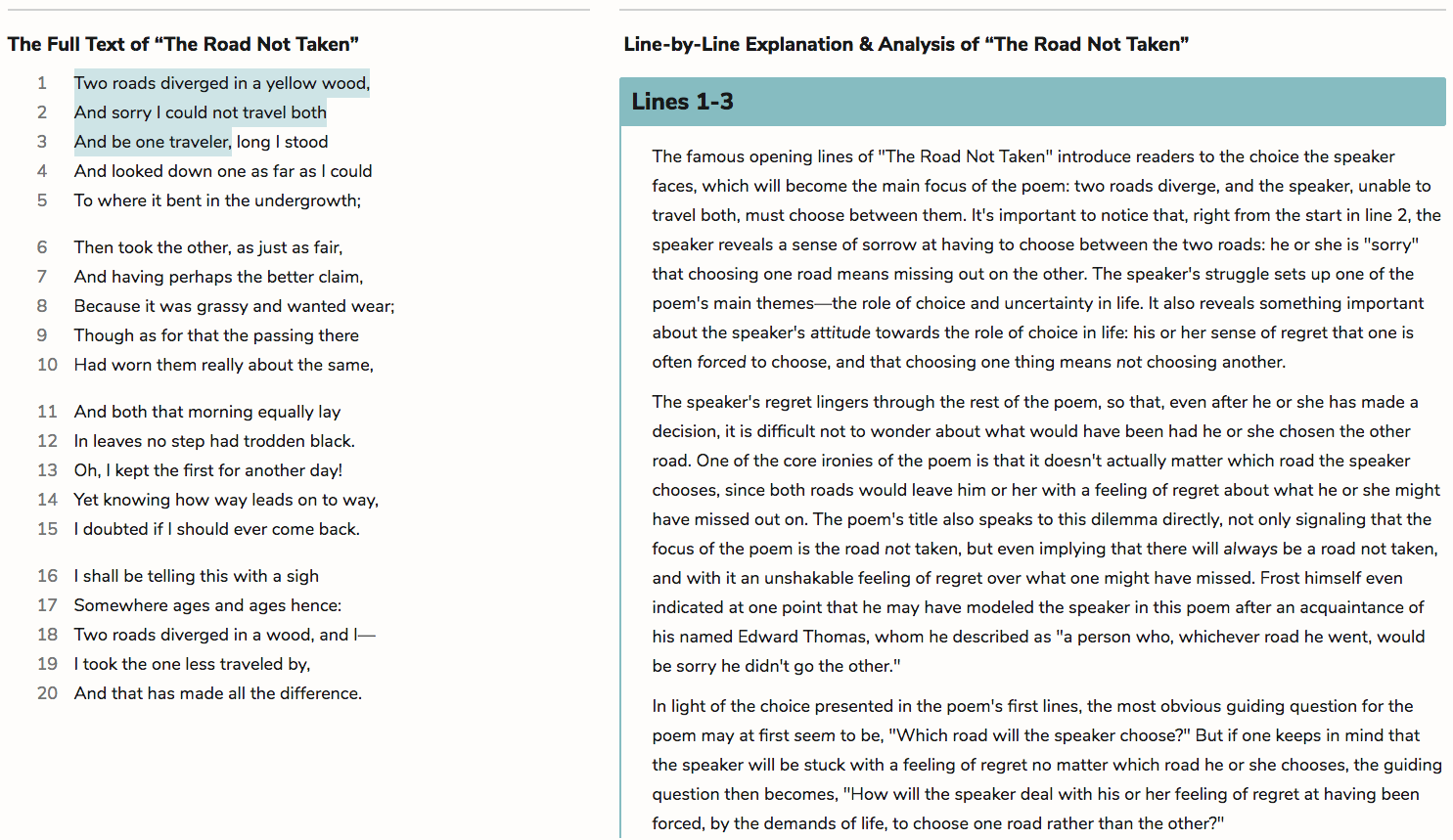- All's Well That Ends Well
- Antony and Cleopatra
- As You Like It
- The Comedy of Errors
- Coriolanus
- Cymbeline
- Hamlet
- Henry IV, Part 1
- Henry IV, Part 2
- Henry V
- Henry VI, Part 1
- Henry VI, Part 2
- Henry VI, Part 3
- Henry VIII
- Julius Caesar
- King John
- King Lear
- Love's Labor's Lost
- A Lover's Complaint
- Macbeth
- Measure for Measure
- The Merchant of Venice
- The Merry Wives of Windsor
- A Midsummer Night's Dream
- Much Ado About Nothing
- Othello
- Pericles
- The Rape of Lucrece
- Richard II
- Richard III
- Romeo and Juliet
- Shakespeare's Sonnets
- The Taming of the Shrew
- The Tempest
- Timon of Athens
- Titus Andronicus
- Troilus and Cressida
- Twelfth Night
- The Two Gentlemen of Verona
- Venus and Adonis
- The Winter's Tale
Helen Talboys writes this in a letter to her father, a letter that Mrs. Barkamb (Helen’s former landlady) gives to Robert. This letter explains the motivations of Helen, aka Lady Audley, for abandoning her former life and then committing bigamy by marrying a man while still being married to another. Braddon shows a realistic depiction of how “weary” living in constant poverty can make a person, thus revealing the circumstances that led to Helen’s abandonment of her old life and even her child. This letter also foreshadows Lady Audley’s future confession of her supposed madness, the “secret” to which she…

